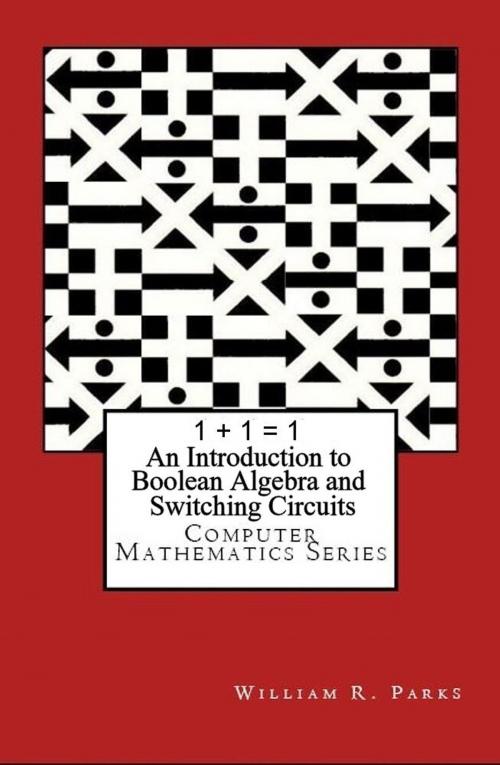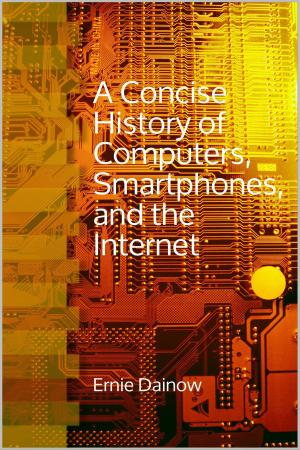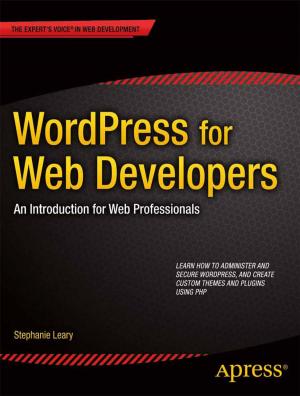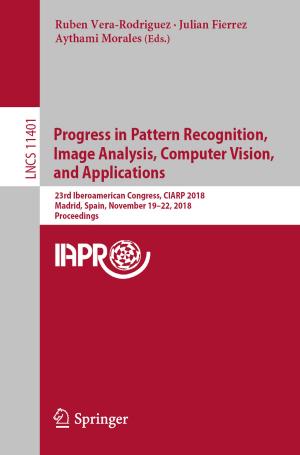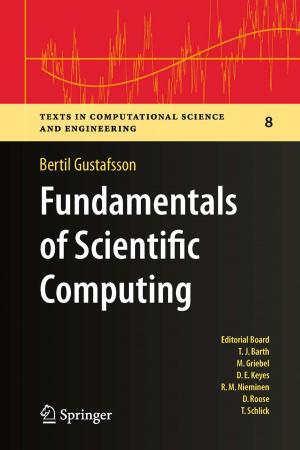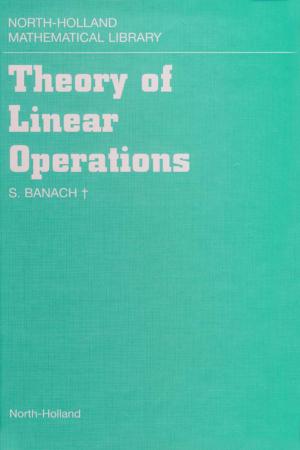1 + 1 = 1 An Introduction to Boolean Algebra and Switching Circuits
Nonfiction, Computers, Advanced Computing, Computer Science| Author: | William Parks | ISBN: | 9780884930112 |
| Publisher: | William R. Parks | Publication: | May 21, 2014 |
| Imprint: | Smashwords Edition | Language: | English |
| Author: | William Parks |
| ISBN: | 9780884930112 |
| Publisher: | William R. Parks |
| Publication: | May 21, 2014 |
| Imprint: | Smashwords Edition |
| Language: | English |
1 + 1 = 1 An Introduction to Boolean Algebra and Switching Circuits was originally published by Williamsville Publishing Company as part of their popular Tape ‘n Text Computer Math Series. It has been expanded and republished as Volume 4 in this new series. The paperback and e-book editions are intended for classroom teachers, students and as a reference for libraries.
In elementary algebra 1 + 1 equals 2. In Boolean algebra 1 + 1 equals 1. Boolean algebra is not isomorphic (similar) to elementary algebra. However, Boolean algebra is isomorphic to logic. Knowledge of Boolean algebra and logic are needed in our modern world in order to explain how computers are designed and operate at the most basic levels.
The three main operators in Boolean algebra and switching circuits are directly related to logic. For example, in logic the Boolean algebra plus sign “+” means "OR" (disjunction) and the times sign “. " means “AND" ( conjunction ) and the prime mark or tilde “~" means “NOT" (negation in logic). Logic symbols will be used mainly in volume 3, “Introduction to Logic."
In all four volumes of the “Computer Mathematics Series” new information is presented in short sections with immediate testing. This form of personalized instruction is often used in on-line Internet based courses for distance learning. A small amount of information is presented in each section before advancing to the next section. Exercises are listed after several sections followed by an answer key.
The author of the series, William R. Parks, B.S., M.S., Ed.M., was curriculum designer for computer science degree programs at three colleges in the SUNY system and was instructor of mathematics and computer courses at three high schools, three community colleges and four four-year colleges. He taught at SUNY colleges in Fredonia & Buffalo, NY, Niagara County Community College, NY, Cecil Community College, MD, Elon University, NC, Walters State Community College, TN, D'Youville College, NY and Mesa Community College, AZ. He was technical editor for "Personal Computing" and "PC AI" magazines.
1 + 1 = 1 An Introduction to Boolean Algebra and Switching Circuits was originally published by Williamsville Publishing Company as part of their popular Tape ‘n Text Computer Math Series. It has been expanded and republished as Volume 4 in this new series. The paperback and e-book editions are intended for classroom teachers, students and as a reference for libraries.
In elementary algebra 1 + 1 equals 2. In Boolean algebra 1 + 1 equals 1. Boolean algebra is not isomorphic (similar) to elementary algebra. However, Boolean algebra is isomorphic to logic. Knowledge of Boolean algebra and logic are needed in our modern world in order to explain how computers are designed and operate at the most basic levels.
The three main operators in Boolean algebra and switching circuits are directly related to logic. For example, in logic the Boolean algebra plus sign “+” means "OR" (disjunction) and the times sign “. " means “AND" ( conjunction ) and the prime mark or tilde “~" means “NOT" (negation in logic). Logic symbols will be used mainly in volume 3, “Introduction to Logic."
In all four volumes of the “Computer Mathematics Series” new information is presented in short sections with immediate testing. This form of personalized instruction is often used in on-line Internet based courses for distance learning. A small amount of information is presented in each section before advancing to the next section. Exercises are listed after several sections followed by an answer key.
The author of the series, William R. Parks, B.S., M.S., Ed.M., was curriculum designer for computer science degree programs at three colleges in the SUNY system and was instructor of mathematics and computer courses at three high schools, three community colleges and four four-year colleges. He taught at SUNY colleges in Fredonia & Buffalo, NY, Niagara County Community College, NY, Cecil Community College, MD, Elon University, NC, Walters State Community College, TN, D'Youville College, NY and Mesa Community College, AZ. He was technical editor for "Personal Computing" and "PC AI" magazines.
